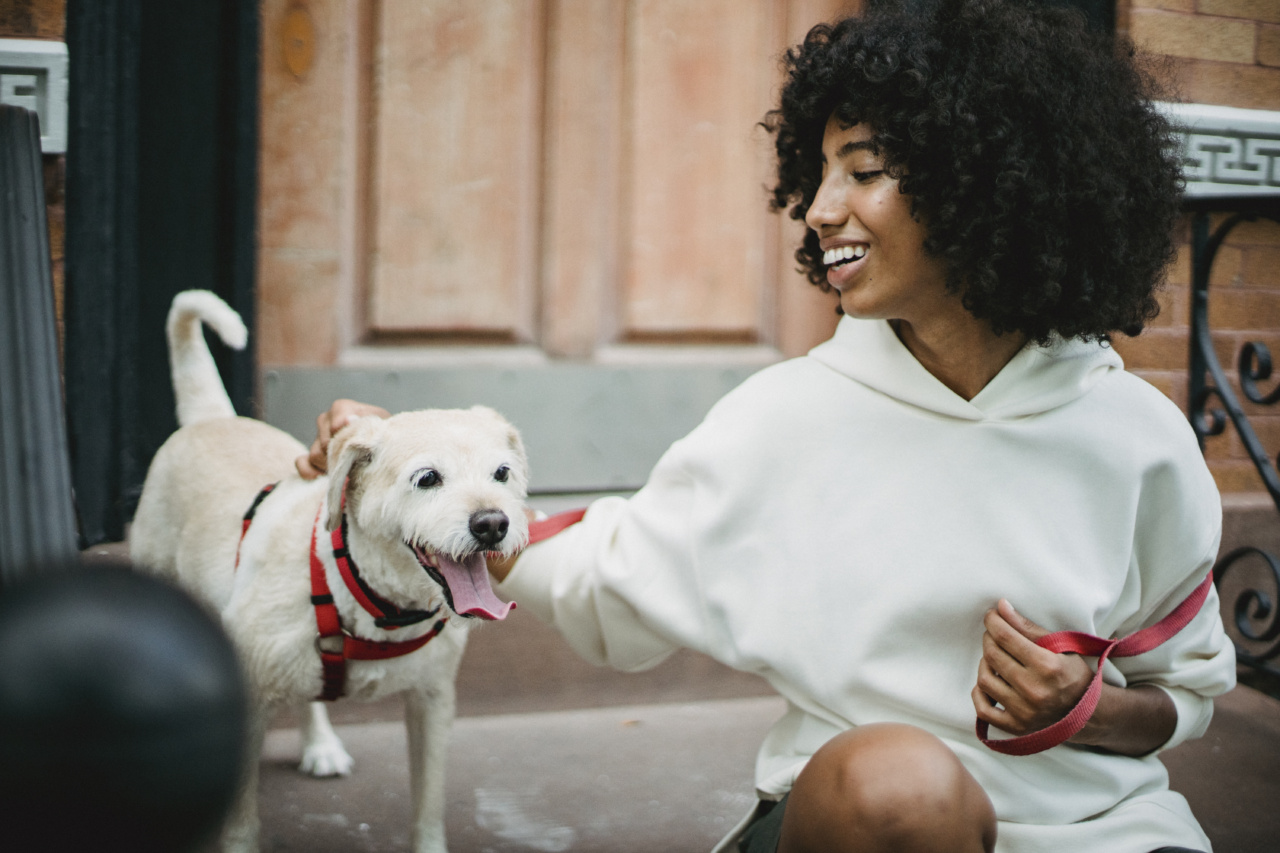Training your dog to stay still while you put on their collar and leash is one of the basic things you need to accomplish before you can take them on walks.
This will not only make sure that you have control over your dog while outside, but it will also help them get used to having a collar and leash on. If you have trouble getting your dog to cooperate, here are some easy steps to follow to train your dog to stay still for collar and leash.
Step 1: Introduce the Collar And Leash
Before you start training your dog to stay still, you need to introduce them to the collar and leash first. Let them sniff and explore the collar and leash as much as they want.
Make sure to use positive reinforcement by giving them treats while they investigate it. This will help your dog associate the new equipment with positive experiences and help them feel comfortable wearing them.
Step 2: Start with Short Sessions
Start with short training sessions. Get your dog to sit still, put the collar on and then give them a treat. Repeat this process a few times in a row, taking the collar off after each repetition.
Once your dog is comfortable with this step, start adding the leash into the routine. Clip the leash to the collar, let your dog drag it around for a few seconds, and then give them a treat. Repeat this step a few times.
Build up the duration your dog wears the collar and leash each time until they are comfortable wearing the equipment for longer periods.
Step 3: Use Positive Reinforcement
Praise and treats are important tools when training your dog to stay still. Always reward your dog after putting on the collar and leash. Be consistent in giving treats and positive feedback during training sessions.
Positive feedback will help reinforce the behavior that you are trying to teach.
Step 4: Practice Patience
When training your dog, be patient. Do not expect results overnight. Some dogs respond quickly, while others take more time. You may have to repeat steps several times.
As much as possible, keep the training sessions short, so that your dog will not get bored or restless.
Step 5: Repeat the Process
Repeat the process of attaching the collar and leash to your dog until they are used to it. Gradually increase the length of time that your dog stays still wearing the collar and leash.
Once your dog is comfortable with the routine, you can then start taking them on walks. Make sure to continue to use positive reinforcement throughout the process.
Step 6: Use Distractions
Dogs can quickly lose focus and become distracted. Train them to focus on you and stay still when there are distractions nearby. Start in a quiet place where there are no distractions. Then gradually introduce distractions, such as other people or dogs.
Continue practicing until your dog can stay still in the presence of distractions.
Step 7: Take Breaks
Training your dog can be tedious and stressful, both for you and your dog. Take breaks every once in a while so that both of you can relax and de-stress. This will help keep the training session positive and productive.
Step 8: Make it Routine
Make putting on the collar and leash a routine practice for your dog and make sure to stick with it. This will help your dog get used to the routine and follow it naturally.
It will also make it easier for you to take your dog on walks and enjoy the outdoors.
Step 9: Practice Often
Practice the routine repeatedly until your dog is comfortable with it. Use positive reinforcement as much as possible, and be patient.
The more you practice with your dog, the faster they will learn and the more comfortable they will feel wearing a collar and leash.
Step 10: Seek Professional Help
If you find that your dog is not responding to your training or has some aggression or fear issues, you might need to seek help from a professional dog trainer.
A dog trainer can help you assess the situation and provide you with the appropriate steps to ensure that your dog will be well trained. It is important to remember that every dog is different and that some may need more training than others.































